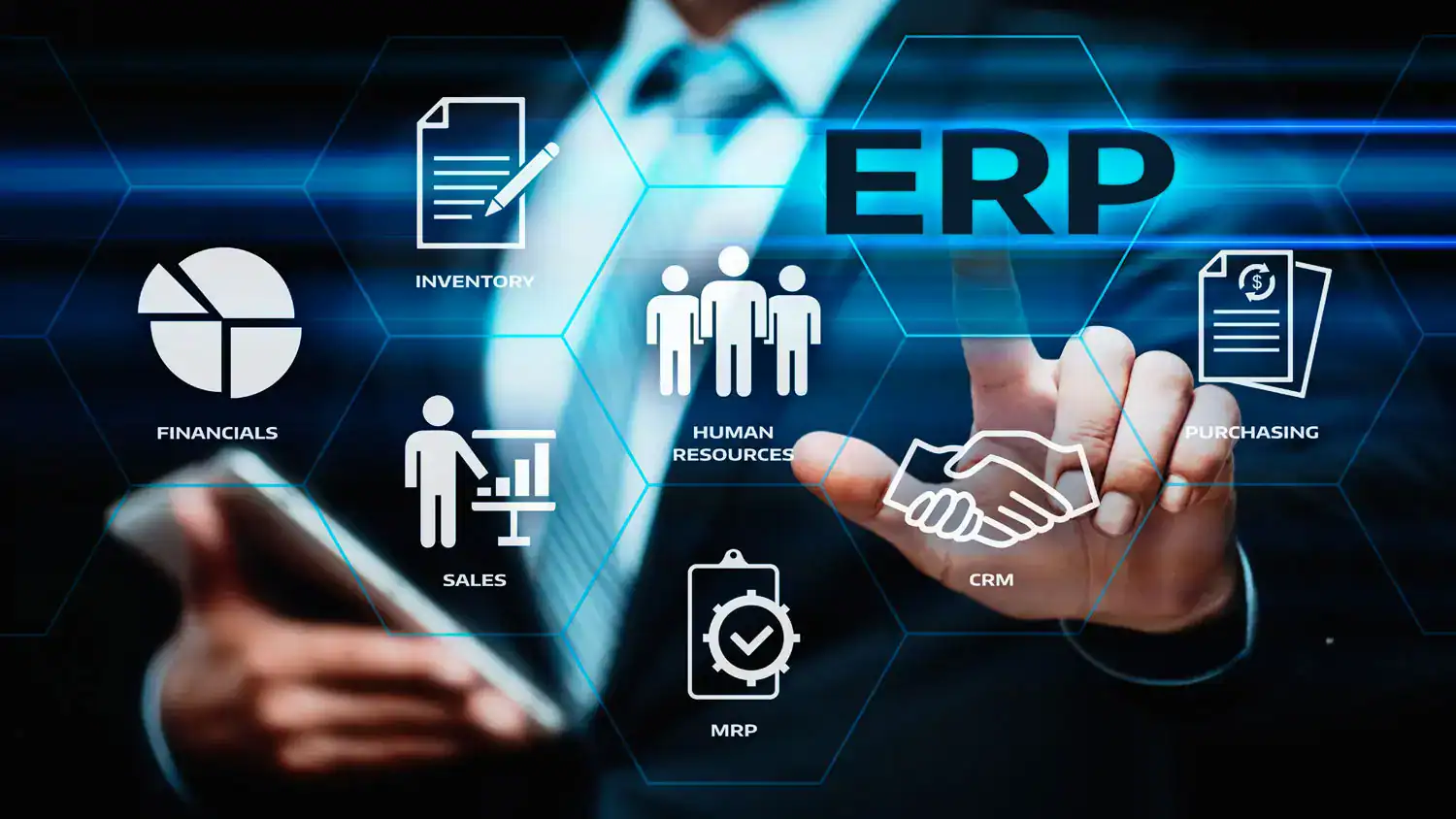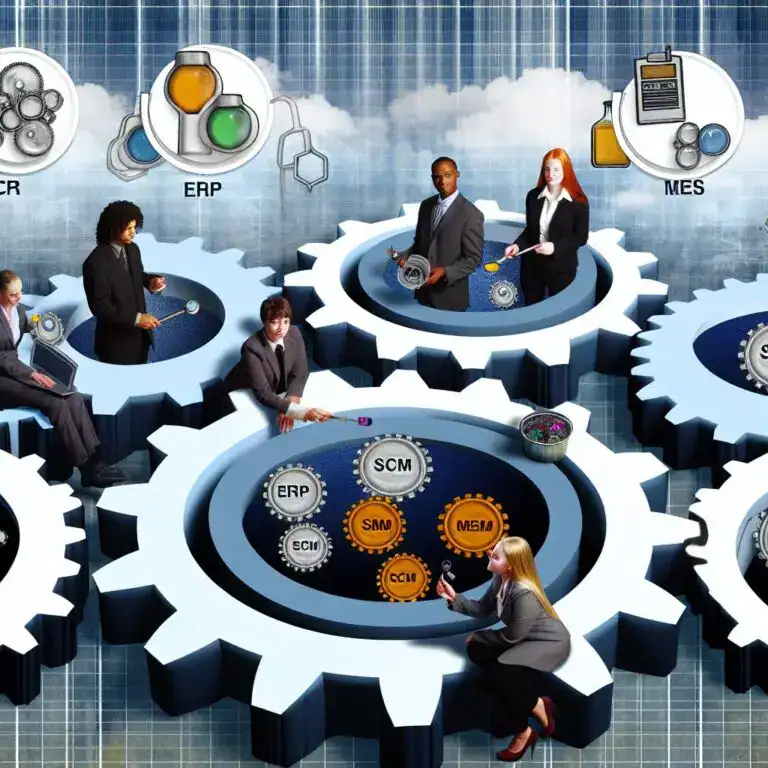How to Deploy ERP Software?
So, you're thinking about getting an ERP system for your business? That’s a fantastic decision! But one of the big questions that probably popped into your head is, "How will this ERP be deployed?" Don't worry, you're not alone. Let's sit down and chat about the different ways you can deploy an ERP system. Imagine we're having a cup of coffee, and I'm explaining all the options to you.
Cloud-Based ERP
“Alright,” I say, taking a sip of coffee. “Let’s start with cloud-based ERP systems. These are hosted on the vendor’s servers and accessed online. Imagine not having to worry about maintaining huge servers on your premises. Sounds good, right?”
- Flexibility and Scalability: "One of the coolest things about cloud ERP is its flexibility and scalability. If your business grows or has seasonal ups and downs, the cloud can easily adapt. You can scale up or down based on your needs."
- Lower Upfront Costs "Also, since the infrastructure is managed by the vendor, you save a lot on hardware and maintenance costs. The subscription-based pricing model helps you manage your budget more effectively too."
- Remote Access:"And here's a big plus," I continue, leaning in, "your team can access the system from anywhere with an internet connection. This makes remote work a breeze and improves collaboration across different locations."
On-Premises ERP
"Now, let's talk about on-premises ERP," I say, shifting gears. "This is the traditional way where the ERP is installed locally on your company’s servers and managed by your IT team. There are some strong benefits here too."
- Control and Security:"You get complete control over your ERP system and data, which is crucial if you have stringent security requirements or need to comply with specific regulations."
.
- Customization: "Plus, on-premises ERP systems can be heavily customized to fit your unique business processes and requirements. It’s like getting a tailored suit—it fits perfectly but might cost a bit more."
Hybrid ERP
“But what if you want a mix of both?” I ask, raising an eyebrow. “That’s where hybrid ERP solutions come in. They combine elements of both cloud-based and on-premises deployments.”
- Flexibility: "With hybrid ERP, you can decide which modules to run on-premises and which to host in the cloud. It’s all about what works best for you."
.
- Cost Management: "This approach can help you manage costs by using the cloud for less critical functions while keeping sensitive or critical data on-premises."
.
- Gradual Transition: "And one of the biggest advantages is that you can gradually migrate to the cloud. No need to overhaul everything at once, which means less disruption to your operations."
<br
PaaS (Platform-as-a-Service)
"Lastly," I say, getting to the final option, "there's PaaS, or Platform-as-a-Service. PACT RevenU ERP can be deployed this way too. It's perfect if you need a platform for developing, testing, and managing applications."
- Development Flexibilityn: "PaaS offers great development flexibility. Your developers can focus on creating and deploying applications without worrying about managing the infrastructure."
- Infrastructure Management: "The cloud provider takes care of all the infrastructure management, so your team can concentrate on innovation and efficiency."
.
PACT RevenU ERP Deployment Options
“So, what about PACT RevenU ERP?” you ask. Good question! Here are the deployment options available:
- Lower Upfront Costs and Maintenance: We handle all the maintenance, upgrades, and security.
.
- Scalability: Easily scale up or down based on your business needs.
- Remote Access: Access the ERP system from anywhere with an internet connection.
<br
- Control and Customization:You get greater control over the system and extensive customization capabilities.
.
- Security: Ideal for businesses with stringent security requirements.
- Flexibility: Choose which modules to run on-premises and which to host in the cloud.
<br
- Infrastructure Management: The cloud provider manages the necessary infrastructure, allowing your developers to focus on creating and deploying applications without worrying about the underlying infrastructure. .
Conclusion: Powering Growth Through Strategic Technology
The modern CFO is a growth architect, not merely a financial steward. Strategic technology investments are the driving force behind this transformation. From automation streamlining processes to customizable ERP solutions unlocking tailored efficiency, technology enables informed decisions and future-proof operations. A robust ERP system sits at the very core of business transformation. It’s the foundation upon which growth and efficiency are built. By enabling you to tailor workflows, gain comprehensive data visibility, and future-proof your technology stack, a customizable ERP empowers you to navigate the complexities of modern business.
By adopting a holistic approach, CFOs can navigate uncertainty, discover new growth avenues, and propel their organizations toward enduring success. Invest wisely, build the right team, and watch your organization thrive. At PACT, we understand these challenges and work alongside you to ensure a smooth transition and maximize the value of your ERP investment.






